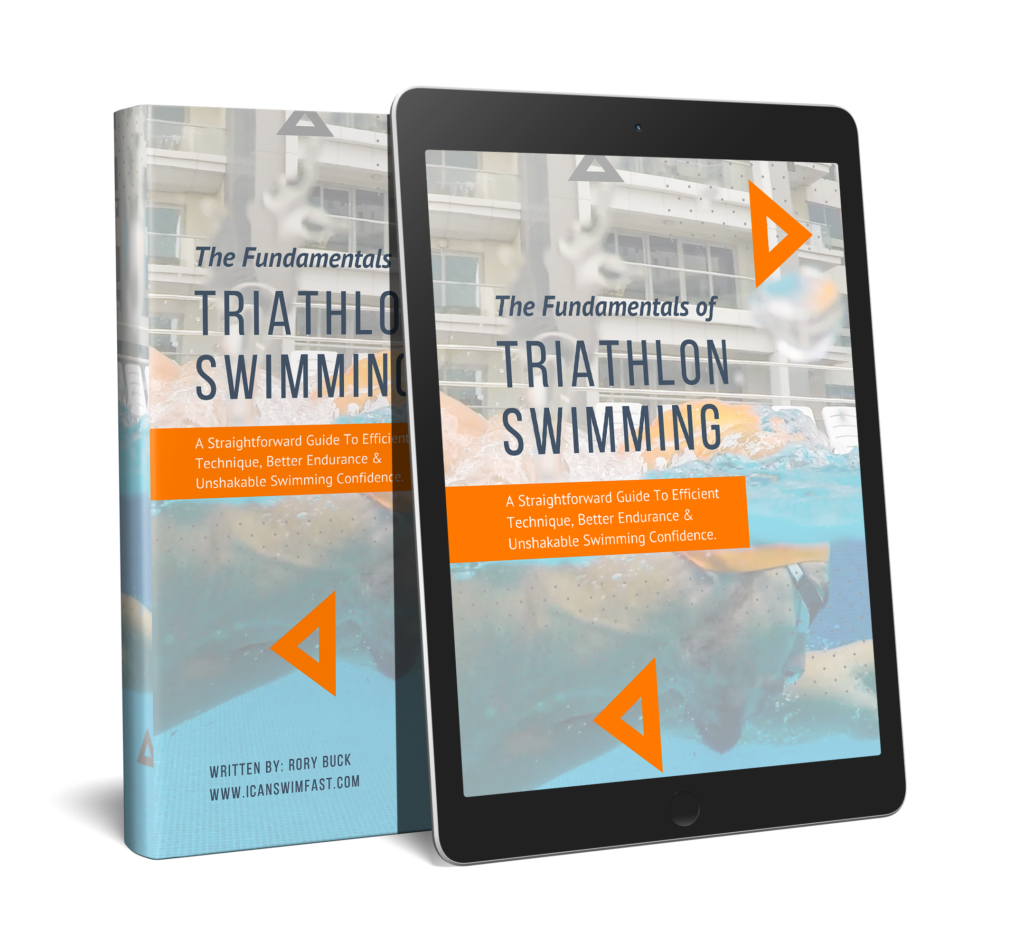While I keep my workouts as simple as possible for you to follow, there are some key words and phrases you will need to understand in order to get maximum benefit out of your sessions. Here’s what they are:
1. Negative Split
Negative Split simply means the second half of the distance is swum faster than the first. So whatever distance I ask you to swim, divide it in 2. Make sure the second half of that repeat is faster than the first half. That generally means you will need to swim a little slower (perfect for transferring your good technique from the drill sets to the main sets) on the first half and then pick up the pace on the second half. For example if I ask you to Negative split a 100, you will swim the second 50 faster than the first 50.
2. Build Swims
Build Swims are similar to negative split swims. Negative splits have a clear black and white line separation between the second fast half and the first easy half. Build sets are a little more gray. You’ll simply build the speed as you go through the swim. For example if you have a build 100, you might get faster every 25. Or if you have a build 50 you might get faster every 6 strokes. You can decide how you build the swim, but it should start slow and then build up to speed as you go through it.
3. Descending Sets
Descending Sets require you to swim increasingly faster as the set goes on. So instead of Negative splitting each individual repeat (like the 100) I want to you to make each 100 faster. For example if we have a set of 4 x 100 I want number 1 to be your slowest 100 and number 4 to be your fastest. Each 100 will be faster than the 100 before.
4. Golf Sets
Golf or Swim Golf is a drill we use to help improve the efficiency of your stroke. It is a very simple way to find the balance between Distance Per Stroke & Speed for your stroke.
I will usually have you do 50’s when we do Golf swims. To complete a Golf Set here’s what you will do:
Try to complete each 50 as quickly as you can with the lowest possible stroke count.
You’ll need to count your strokes (A stroke counts each time one of your hands hits the water. Right = 1, Left = 2, Right = 3 etc.)
You’ll also need to time yourself for the 50
Your Golf score is the time you take to complete the 2 lengths (in seconds) + the number of strokes you take.
It doesn’t matter what your score is to start with. That’s just where you are at right now, there is no “good” or “bad”. It just is.
You know you are becoming more efficient if one of three things happens during your golf swim sets:
● You lower your golf score
● You hit the same score with a lower perceived effort level
● You hit the same score with a lower average heart rate (if you track HR during your swims)
Improvements in any of these 3 areas will indicate that you are moving more efficiently through the water!
5. CSS Sets
A majority of your key main sets will be based off of your own personal goal time. To figure out this goal time we do a CSS test in Week 1. I take take the results of this test and plug them into a calculator which will give us own training pace. Whenever you see “@ CSS Pace” or ” @ A Goal Time” written in a workout, that’s the target to hit. You will get used to this pace as your goal time!
Click here for a reminder of what CSS Pace is and why we use it.
Click here for the CSS Pace Calculator.
6. Send Off Intervals (On The xx)
Send off intervals tell you the total amount of time between repeats in a set. This time includes the the amount of time needed to swim the prescribed distance plus whatever time is left is used for rest. The less time used to complete the swim, the more is left for rest before the beginning of the next repeat.
If you’re struggling to understand any of these terms or phrases, let me know through an email, I’ll be happy to help you out.
~ Rory



